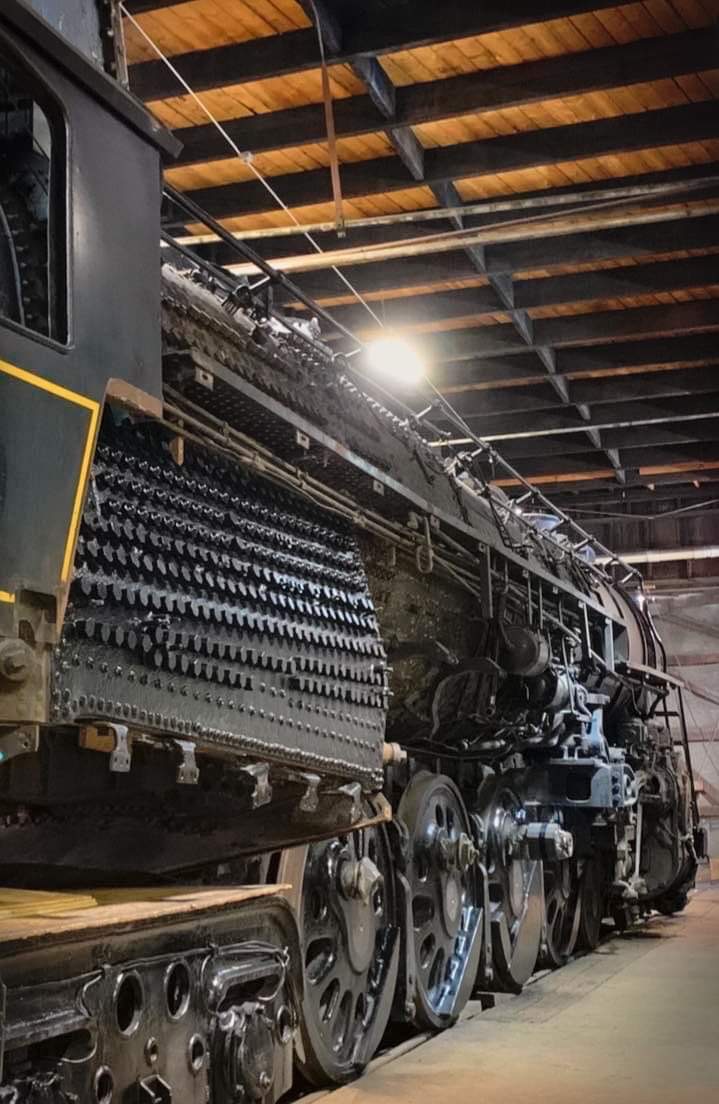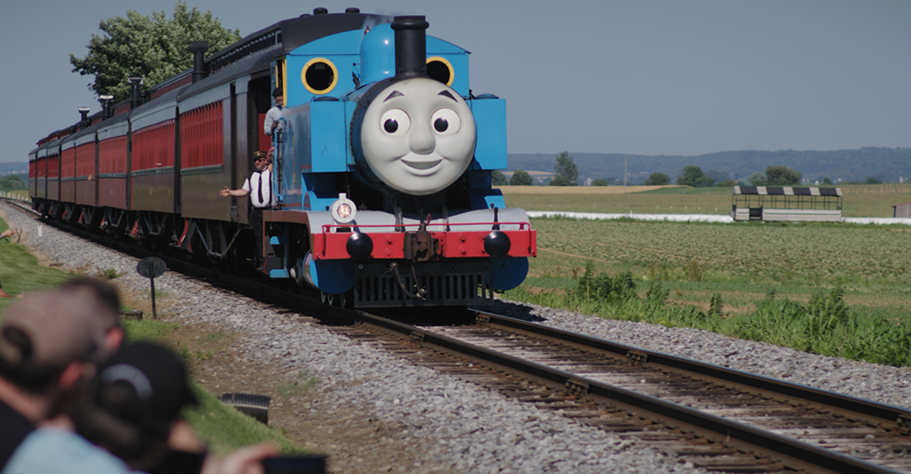
CLEVELAND — The American Steam Railroad Preservation Association has reached a milestone in restoration of Reading Co. T-1 4-8-4 No. 2100, conducting the first hydrostatic test on the locomotive, the 501c3 non-profit organization reports.
The locomotive is also known as AFT 250 because of plans for it to wear an American Freedom Train paint scheme on its debut [see “Reading T-1 No. 2100 will debut …,” Trains News Wire, Nov. 1, 2023].
The fourth quarter of 2023 saw the prepping and installation of 291 new 2-inch gauge 10 (.135) boiler tubes into the 2100. With ultrasound readings showing the 5-3/8” flues to be above minimum thickness specifications, and the flue layout allowing enough room for FRA inspectors to inspect the internal boiler shell surface, the flues were allowed to remain without removal.
With tube rolling, welding, and beading completed, the boiler was filled with approximately 8,500 gallons of water to perform the first hydrostatic pressure test with the new tubes in place, as Treasurer and restoration crew volunteer Forrest Nace explained.
“Hydrostatic testing is actually a multi-step process where after filling the boiler all the way up with water and heating to between 70 and 120 degrees and pressurizing with a pump to 125% of working pressure —which is 300 psi for the 2100, as its working pressure is 240psi. You begin to look for leaks,” Nace said. “With this method, if there are leaks or a failure water leaks out and the pressure is released in a safe, non-destructive manner.
“Once any leaks are discovered, depending on the nature of the leak, it can sometimes be addressed with further tightening if threaded parts are the source, or a process known as “caulking” where using a hammer and a blunt end tool one mashes the metal together as it is of a softer tensile strength to allow for expansion and contraction. The gaps or holes being sealed using this technique are incredibly small, in the few thousandths or tens of thousandths of an inch. It is also possible for these microscopic leaks to naturally seal themselves with rust, as when the boiler is drained after each hydro test, rust will form and can completely seal the spot.
“For firebox sleeves or caps that cannot be sealed, replacement with new components is the only solution. This, however, along with any welds to the wrapper (the outer firebox shell) to replace any deteriorated metal, may cause other issues with the surrounding sleeves. On the 2100, the sleeves are threaded into the wrapper. When heat is applied from welding, the slight expansion and contraction of the surrounding metal can possibly lead to slight leaking of an adjacent sleeve where it meets the wrapper. This is why multiple hydro tests usually need to be performed, to ensure all repairs, and the surrounding areas, are completely sealed before the FRA comes to perform its hydro inspection.”
The organization continues to solicit tax-deductible donations toward restoration of AFT 250/No. 2100. They can be made online at this page on the American Steam Railroad website, or mailed to American Steam Railroad Preservation Association, 2800 W. 3rd St, Cleveland, OH 44113.
The organization is also now offering new shirts and hats, as well as a special member’s club for the AFT at this page on its website.












I know it’s not cheap to replace boiler tubes but if they went so far to replace 291 2″ tubes and I don’t know how many 5″ 3/8 tubes there in the boiler. But if you go through all the trouble to tear it down that far wouldn’t it be a goo idea to replace them all at once. How long is it going to be before the 5″3/8 need to be replaced
Major step done. They may find more small leaks when they first fire it up. Not unusual to get a few leaks around things like valve stems or stay bolt caps or pipe joints. Heat causes some expansion and the pressure will find those minor gaps.